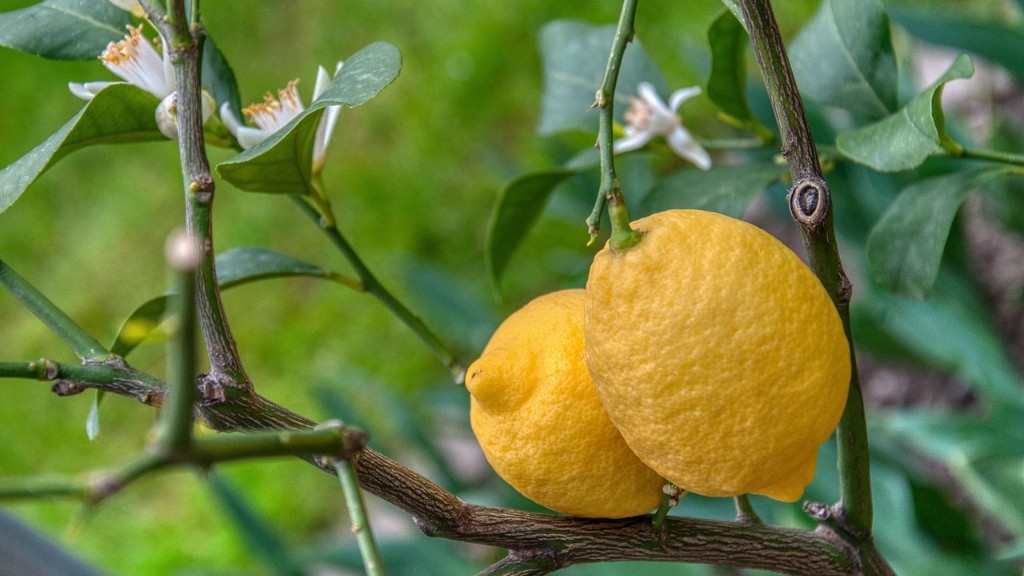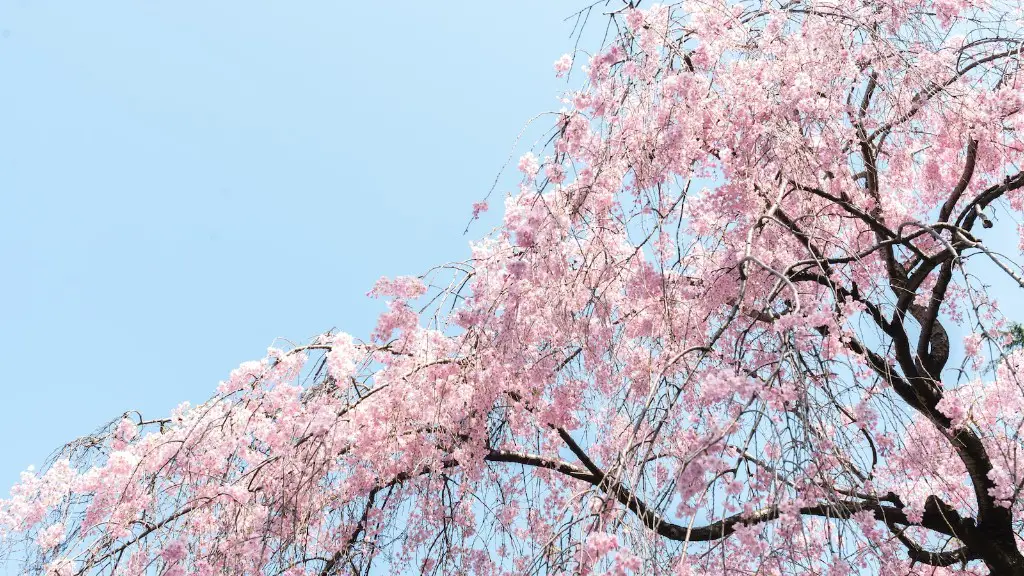Learning how to grow lemon trees from seeds in pots can be a fun and rewarding project that can bring a taste of the tropics to your home. The lemons you grow can be added to your favorite recipes, used to make juice, or used as a sweetener for tea. With the right soil, potting mixture, and location, you can successfully grow lemon trees in containers. Here are the steps you need to follow to ensure success.
Firstly, you’ll need to get your hands on some fresh lemon seeds. You can purchase them online or collect them from a fresh lemon at the store. Once you’ve selected the best ones, rinse them off and leave them to dry. When they’re completely dry, they’re ready to be placed in a pot.
Next, choose the right pot for the lemon tree. Your pot should be at least 10 inches deep and have holes in the bottom for drainage. After that, fill the bottom of the pot with gravel to help with drainage and put a layer of potting soil over the top. Add a handful of fertilizer to the mix and mix it in well.
Now it’s time to plant the lemon seeds. Plant two or three seeds per pot, one inch deep and three inches apart. Cover the seeds with a light layer of soil and gently water the pot. Place the pot in an area with lots of sunlight, such as a south or west-facing window. Keep the soil moist, but not overly wet.
When the seedlings sprout, thin them out to one plant per pot. Make sure to choose the strongest one and discard the weaker ones. If the plant doesn’t flower within its first year, fertilize the soil to give it a boost. With adequate sunlight and watering, a lemon tree should flower and bear fruit within a couple of years.
Location
When growing a lemon tree in a pot, location is key. Lemon trees need lots of sunlight, so find a spot where it will receive 6-8 hours of direct sunlight. You may also want to turn the pot every now and then so the entire tree receives sunlight. If the lemon tree is indoors, set it near a window where it will get the most sunlight.
Too much heat can damage lemon trees, so they do best in cooler climates. If you’re growing your tree outdoors in summer, make sure it has some shade or partial shade during the hottest part of the day. Also, keep the tree away from drafts, AC vents and areas with inconsistent temperatures.
If you’re having trouble finding a spot for your lemon tree indoors, consider placing it in the bathroom. The humidity from the shower will provide your tree with a more tropical climate.
Soil and Mulching
Regular potting soil won’t do for lemon tree growth. Instead, you’ll need to provide your tree with a soil that is slightly more acidic than regular potting soil. Try adding a little bit of peat moss or aged sawdust to the mix to make the soil more acidic. Also, mulch your potting mix to help retain moisture and keep the roots cool.
Lemon trees also require regular fertilizing. Try using a balanced fertilizer to give your tree the nutrients it needs to stay healthy and grow. You can fertilize the tree every month or two, but make sure you don’t apply too much, as too much fertilization can burn the roots of the tree.
Once your lemon tree is established, you can prune it to keep it healthy and to promote fruiting. Try pruning at the end of the winter, removing dead branches and encouraging new growth.
Watering
Lemon trees require regular watering, but avoid overwatering. Stick your finger into the soil to see if it’s wet – if it is, add a little extra drainage. Also, try to avoid wetting the leaves of your lemon tree, as too much moisture can lead to disease.
Once your tree is established, you can reduce the number of times you water it. Try using a moisture meter to ensure your tree is receiving enough water without getting overly wet.
When fertilizing your lemon tree, try to use a balanced liquid fertilizer. Use this every two weeks during the growing season and every four weeks during the winter.
Harvesting
When your tree bears fruit, it’s time to harvest the lemons. The optimal time to pick your lemons is when they are still green and slightly firm. Harvest them by cutting them off the branches with a pair of sharp pruning shears.
When you’ve picked your lemons, you can store them in the refrigerator in a plastic bag or a paper bag with holes in it. You can also freeze them, zest them, or juice them and store them in the freezer.
Try to use your lemons as soon as possible, as they don’t last very long. With proper care and attention, you will be able to enjoy homegrown lemons all year round.
Pests and Diseases
When growing a lemon tree in a pot, it’s important to keep an eye out for pests and diseases. Common pests include aphids, mealybugs, spider mites, scale, and whitefly. If you spot any pests, remove them by hand or use an appropriate insecticide.
Common diseases include limespot, powdery mildew, and scab. If you spot any of these, try using a fungicide to get rid of them. Also, make sure to provide your tree with adequate ventilation and sunlight to prevent disease.
Lemon trees can also be susceptible to root rot, so make sure to use a well-draining potting mix to prevent this. If your tree does develop root rot, take the plant out of the pot and inspect the roots. Prune away diseased roots and repot the tree with a fresh, well-draining potting mixture.





